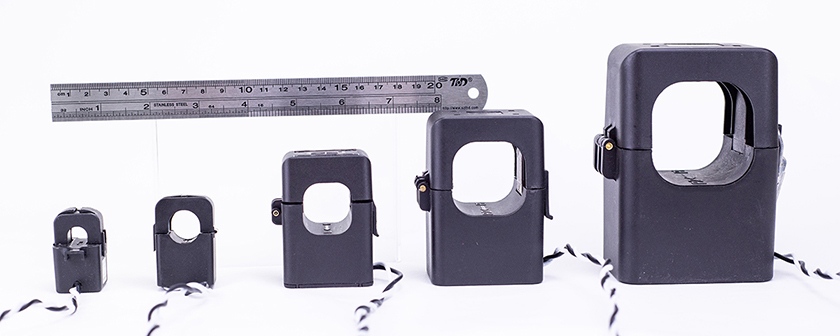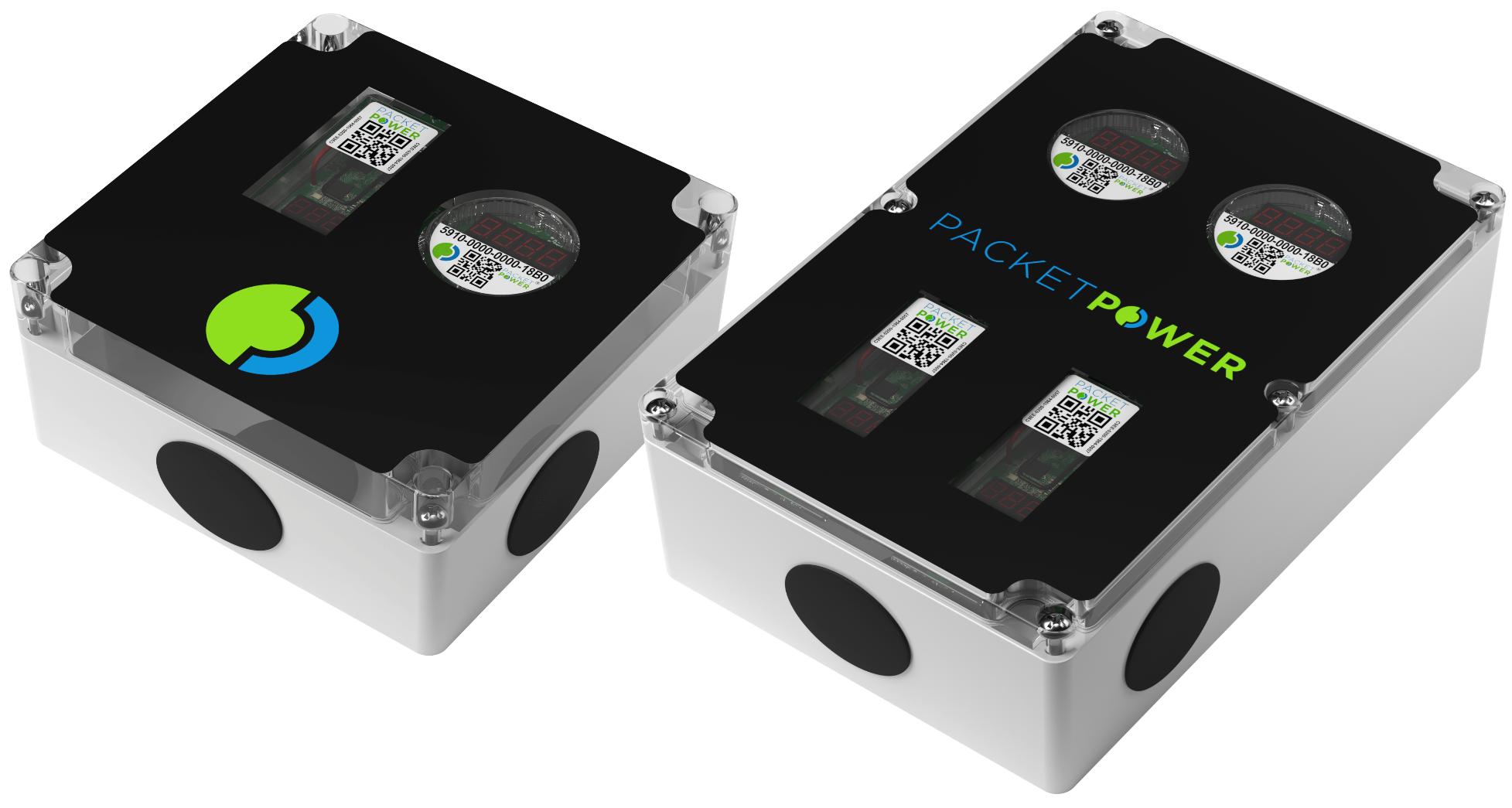Split-Core CTs and Why Size Matters
Current transducers (CTs) are a critical component of power monitoring. They come in a variety of formats, sizes, current ratings and accuracy...
3 min read
![]() Packet Power Team
:
Feb 12, 2019 8:30:00 AM
Packet Power Team
:
Feb 12, 2019 8:30:00 AM

You've decided to monitor energy use in your facility. The good news is that you've got a number of options to do this. The not-so-good news is that the options can sometimes seem overwhelming. One such choice is to monitor current only or full power. So when is current alone good enough?
Power Basics Refresher
(Skip ahead if you're already on top of this)
Current is measured in Amps and is sometimes referred to as the "load" on a circuit. It measures the amount of electrons flowing on a conductor. Voltage measures the rate of flow, and power ( Volts x Amps, measured in Watts) represents the amount of work that can be performed. Consider it using a water pipe analogy:
Reference Volts, Amps, Watts, Watt-hours and Cost for a more complete explanation.
Current-only vs. Full Power Monitoring
A circuit with five Amps of load would produce 550 Watts of power on a 110V circuit, but five Amps would also result in 1,100 W of power on a 220V circuit. Since that's a very different outcome, when can monitoring current alone make sense?
Current only monitoring
One important reason to consider current-only monitors is cost. The monitors themselves are generally 25-40% less than full power monitors. Installation is often also much simpler because you don't need to pay attention to the phase of each circuit being monitored. Since the cost to install a meter is often more than the cost of the meter itself, lower installation costs can really add up.
Current-only monitors should be considered when:
Mains power + current-only branch circuit monitoring
Some solutions monitor full power at the in-feed circuit to a panel and current-only at the branch circuits. This approach maintains the low cost and ease of installation of current-only monitoring and accurately measures V, W, Wh and power factor for the overall panel.
In-feed power with current-only branch monitors are the right solution when:
Full Power monitoring
Full power monitors deliver the most accurate source of Power (W) and Energy (kWh) information at the individual circuit level. They are the most expensive option and can be more complex to install, particularly on partial-panel deployments involving a mix of circuits scattered across a panel.
Full power monitors are the right solution when:
It's nice to have options
Some companies, like Packet Power, offer both full power and current-only monitoring solutions. Packet Power also offers products that provide a mix of full power and current-only monitoring in the same monitoring device for the ultimate in flexibility.
If you're still not sure which type of monitor would work best for your needs, email info@packetpower.com. We're happy to answer your questions and ensure you have a solution that matches your project's functional and financial requirements.
Related articles you might find useful
Power Factor: The difference between promise and reality
Power monitoring ROI
Does wireless really work in data centers?
Split core vs. Solid core CTs
Split core CTs and why size matters

Current transducers (CTs) are a critical component of power monitoring. They come in a variety of formats, sizes, current ratings and accuracy...

The new monitors offer an easy way to add monitoring to some or all of the circuits on switchgear, panelboards, HVAC units, generators and other...

Current Transducers are a key component of every power monitoring system. If you have ever wondered why they are used or how they work, here's a...